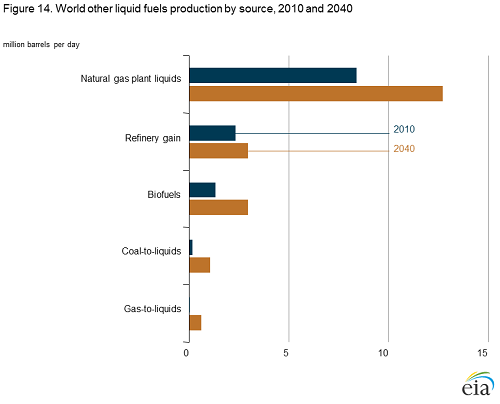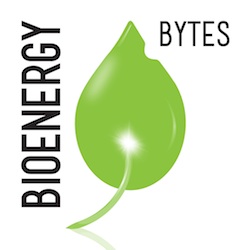 A new report from a market research firm is designed to give potential biodiesel producers a possible roadmap for success in setting up a production plant. Research and Markets has released the “Prefeasibility Report on a Biodiesel Production Plant,” a study the purports to cover all the requisite aspects of the biodiesel production plant, ranging from a macro overview of the market to micro details of the industry performance, manufacturing requirements, project cost, project funding, project economics, expected returns on investment, profit margins, and more.
A new report from a market research firm is designed to give potential biodiesel producers a possible roadmap for success in setting up a production plant. Research and Markets has released the “Prefeasibility Report on a Biodiesel Production Plant,” a study the purports to cover all the requisite aspects of the biodiesel production plant, ranging from a macro overview of the market to micro details of the industry performance, manufacturing requirements, project cost, project funding, project economics, expected returns on investment, profit margins, and more.
This report is a must-read for entrepreneurs, investors, researchers, consultants, business strategists, and all those who are planning to foray into the biodiesel industry in any manner.
Key Questions Answered in This Report?
– What are the key success and risk factors in the biodiesel industry?
– How has the biodiesel market performed so far and how will it perform in the coming years?
– What is the structure of the biodiesel industry and who are the key players?
– What are the various unit operations involved in a biodiesel plant?
– What is the total size of land required for setting up a biodiesel plant?
That and more is available in the report here.








 What in the world do polar bears and elephants have to do with renewable energy? Lots with a creative use of geothermal energy at the
What in the world do polar bears and elephants have to do with renewable energy? Lots with a creative use of geothermal energy at the  onda reach its voluntary goals to reduce the environmental impact of its products and manufacturing operations by 2020. This includes a 30 percent reduction in CO2 emissions from Honda products, and significant CO2 reductions from the company’s plants and other operations, compared with year 2000 levels.
onda reach its voluntary goals to reduce the environmental impact of its products and manufacturing operations by 2020. This includes a 30 percent reduction in CO2 emissions from Honda products, and significant CO2 reductions from the company’s plants and other operations, compared with year 2000 levels.